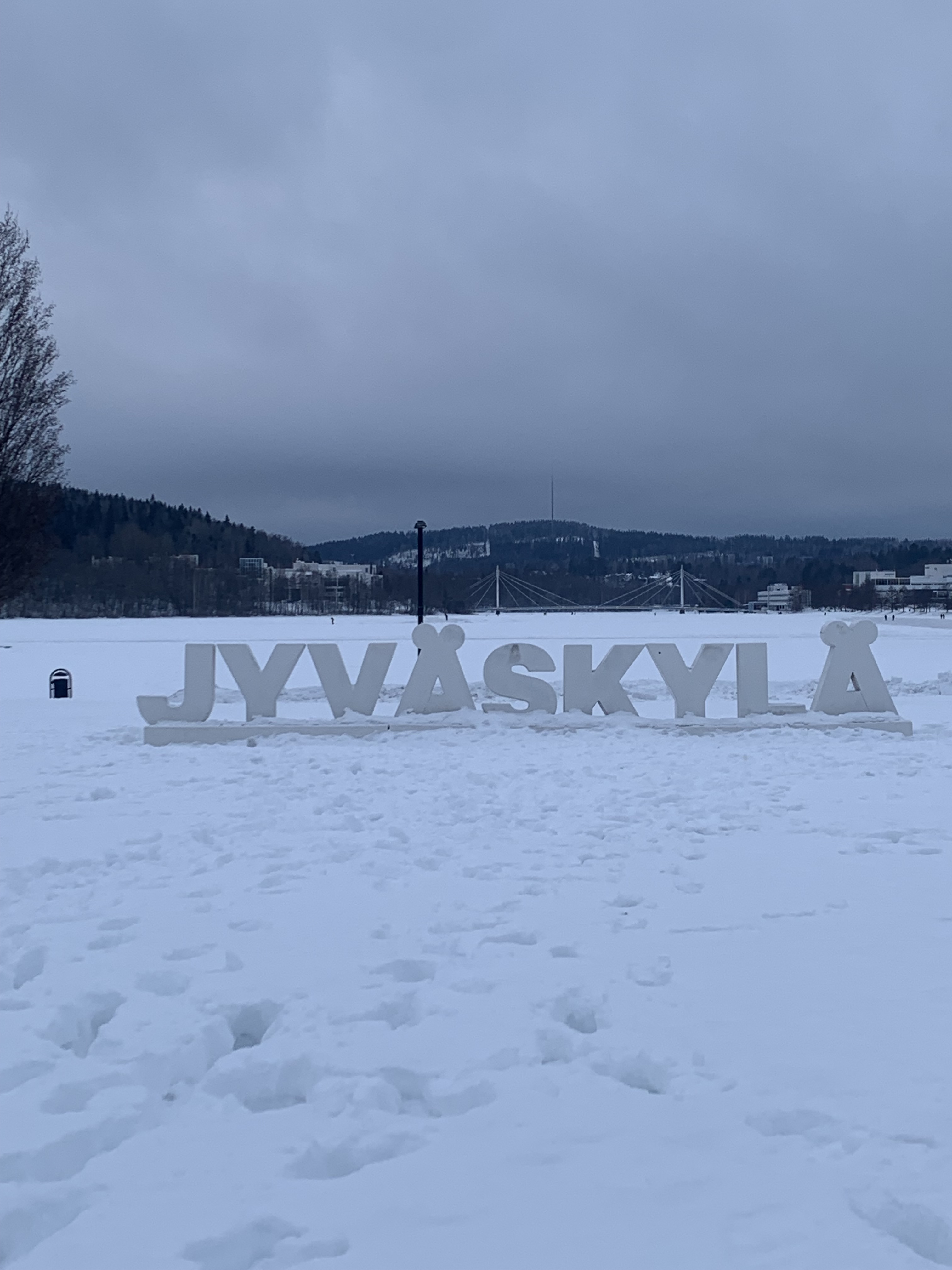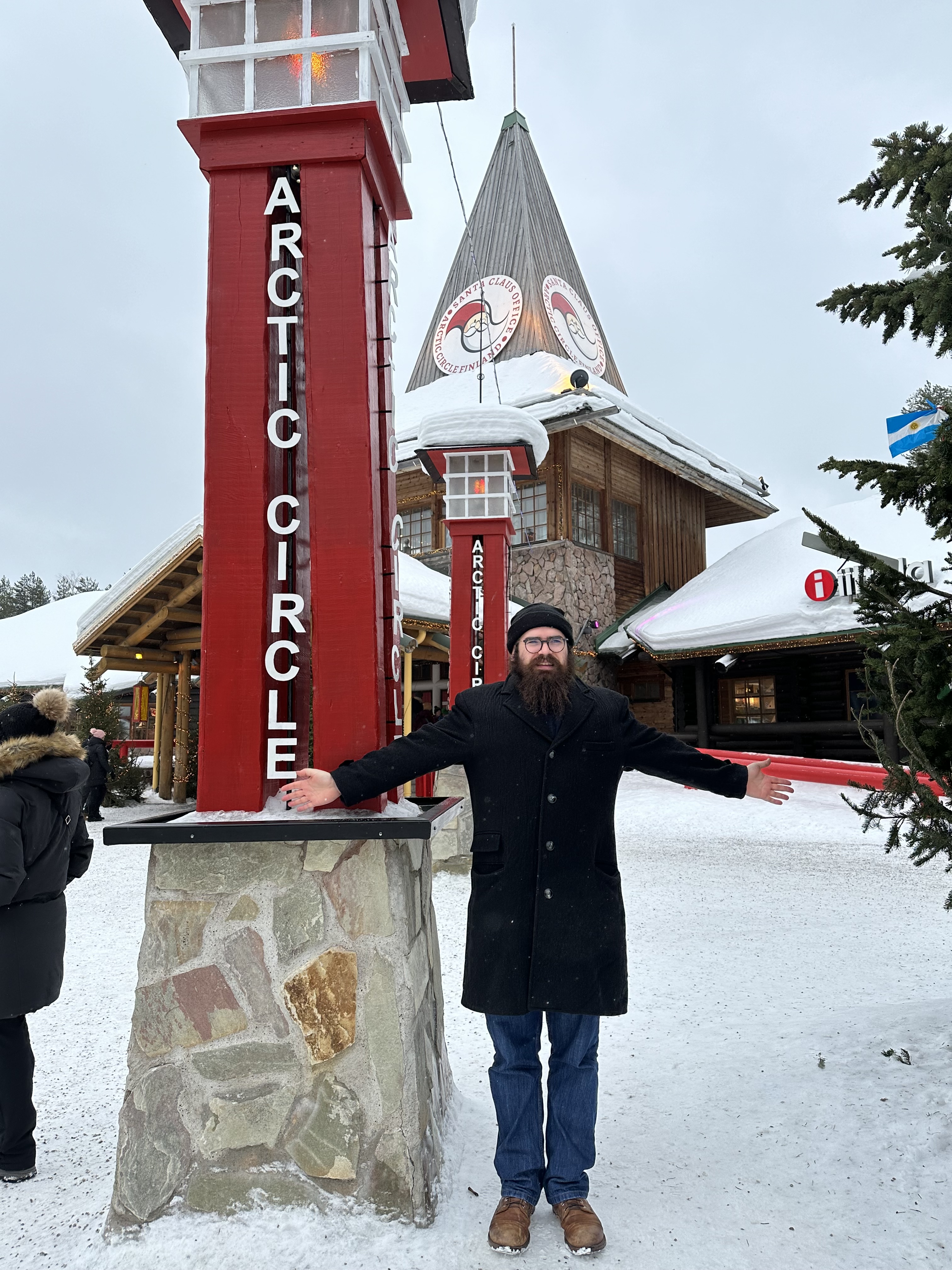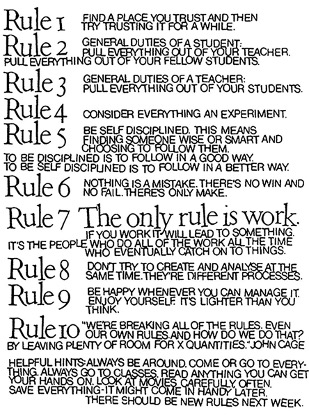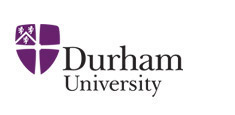Introduction
During your PhD or at other times in your career you may be fortunate enough to be able to organize a research visit with another research group in a different university or institution. Trips like these can be an exciting premise for your research and professional life but the work to set this kind of trip up and the stress regarding your research outcomes can be overwhelming. Don’t worry! To help you navigate the process I have spread some general points throughout this blog, 1) how to organize a research visit, 2) what are the advantages and challenges associated, and 3) what is valuable about visiting another research group. I’ll contextualize these points by sharing my recent experiences from a research trip to the Centre of Excellence in Music, Mind, Body and Brain at Jyväskylä, Finland (which was my first research trip!). Otherwise, this blog is structured to provide general advice and act as a starting point for what to consider when organizing a research visit.

Setting up your research visit
If you are thinking of going through the process of setting up a research visit, do it! Besides being a rewarding experience, the visit can also benefit your research project. You might be currently collaborating on an ongoing project, wanting to access specific resources, or you need to study a specific method another research group excels at. Regardless of the purpose of the trip you will be submerged into another research culture, operating alongside peers, contributing to the development of new ideas or showcasing your expertise. At every institution they will have rules, regulations, and admin to hurdle over before you can get stuck in with your project. However, I do have a few snippets of general advice for you to help make the research trip as successful as possible for everyone involved.
Step 0 in setting up a research visit should be to communicate with your supervisor(s) about your rationale for a research trip. Your supervisor is likely attuned to discourse in the field and will have a pretty good understanding of what work is going on in a variety of research groups closely associated with your own research area. This means they will likely be able to advise you about who to contact, aid in setting up your trip, and guide you about what outcomes and aims you should have for the trip. Having a conversation with your supervisor(s) concerning collaboration is also important as they can give some guidance about best practices and direct you to visit another university or institution where you’ll get the most out of your research visit.
Speaking of goals, some valuable discussions with your supervisory team should be centered around how a research visit would contribute to your research portfolio, “how will doing research at another lab help me?”, “what skills will I work towards during the visit?”, “what publication outcomes are there?”, or simply how does this visit contribute to your PhD. These academic or project specific goals are only a piece of the puzzle when you consider that a research visit is a great time to meet potential colleagues and future collaborators. Knowing beforehand what personal outcomes you’d like to achieve can also guide your attention toward what sort of experiences would be most beneficial during your visit.

Reach out to the host organization far in advance of your potential trip dates and do some research about the organization of the host research group. Don’t forget to speak with the colleague(s) you’d like to work with so you can schedule a visit which suits both of you. Afterall, it would be a real shame if you showed up and the university was closed for a term break or summer holiday. Doing a bit of research about what modules/classes are on offer at the host university might also be beneficial to you for your project. I was able to sit in on method meetings in Jyväskylä where lab members would present the methodology and explain specific methods they were using for ongoing research projects. These were exceedingly interesting and engaging on topics ranging from guidelines for systematic reviews by Dr. Andy Danso to methods for gathering neural sensorimotor coordination data by Dr. Patti Nijhuis. In short, a bit of planning beforehand on what is going on in the research group you are visiting can guide you toward what sort of academic experiences would be most beneficial for you during your visit.
Finally, be prepared to sort through the forms and paperwork from both your university and the institution you are going to visit. The administrative hassle ensures that you are safe and sound by both your home institution and the one you are visiting. In some cases, forms might even be necessary for immigration purposes or for submitting ethical approval, so don’t take it lightly. A potential disadvantage is that sorting through and filling out all of these forms can take a significant amount of time away from other writing you could be doing. If I were to organize another visit, I would construct a spreadsheet of all the necessary forms just so I could handle it all in one place. However, in my experience the administrative process felt easy because I was proactive with both my application and communication with the staff in the Centre of Excellence at Jyväskylä.
Researching in a new environment
Traveling to and trusting a new place can be a big deal. Expectations from your supervisor(s) aside, you’ve got to figure out how you will navigate interactively with new systems, procedures, and people. A rule set made by Corita Kent (Figure 3) has functioned as some overall guiding principles for me in my academic life. During my research visit to Jyväskylä I had to remind myself of some of the simple hints and hopefully these will also be useful for you.

Always be around: If you are going to spend the time, funds, and energy to visit another research group then this is a good hint to abide by. You’d be surprised at how much of an impact just being in the vicinity of a new group of people can have on your own outlook. You end up collaborating on ideas, projects, talks, conferences, and presentations just from mingling and being around. This turns into a gateway into personal discussions, becoming friends, assisting in piloting a study, building working relationships, and having a good time. Doing so requires getting stuck-in, coming in early, leaving late, trying to seemingly be everywhere to soak up all that the experience has to offer. This doesn’t imply that you should seek to ruin your work-life balance but that you should take being around as an experiment for yourself in this new place.
Come or go to everything: In a similar vein to always being around, you should seek to explore everything available to you while visiting another university or institution. All of the meetings, classes, workshops, organized talks, presentations, lunches, parties, etc. You’ll find that differences in operation and processes might be unfamiliar, but most are similar enough across institutions that you’ll feel as if you were back home. Going to everything is also an opportunity to pick out how an operation at your visiting institution may be useful for when you return back to your own research group. For example, colleagues in Jyväskylä hold a monthly meeting called Boominar (a fun name!) where they have presentations concerning ongoing projects and at the end of this meeting they toast papers which have been recently accepted for publication. These toasts are a nice way to acknowledge the work lab members are putting in and are quite the experience. As an example, to celebrate a recent article publication by Dr. Joshua Bamford and colleagues (https://doi.org/10.3389/fpsyg.2024.1302548) the authors sang the abstract during the toast! The community aspect of highlighting achievements of colleagues within the research group is something I hope to bring into practice at Durham. However, if I had not gone to events, I never would have experienced the fun of Boominar!
Consider everything an experiment: Try out new methods, go outside of your comfort zone, become friends with everyone, and just generally be challenging yourself to experience new things. At home you are comfortable with your system, environment, and daily procedures but while you are away you have the opportunity to reinvigorate yourself. This can come from what you gather by being around and going to everything the host research group has to offer but it can also come from you. During my visit to Jyväskylä I had to reconfigure my note taking habits because (some of you may laugh) I was doing everything by hand onto notecards and could not possibly bring them along. As an experiment for my trip I switched over to using Obsidian (https://obsidian.md/) so that I could keep notes on my computer in a manageable way. Absolutely revolutionized my workflow while I was on the research trip and I find myself now actively using the notes I take rather than hoarding them.
Conclusion
It is difficult to elaborate on the value of doing a research trip for a simple reason that every research journey is different. Throughout this document I have tried to highlight reasons why it is beneficial to seek out this type of experience but don’t discredit challenges that you will need to overcome as they will inevitably pop up from time to time. To alleviate headaches, be proactive, communicate, and gather a pool of people you can rely on to help you through tough things. Hopefully I have given you some useful insight about organizing a trip, what to expect, and how to get something out of your experience. For me, going from Durham to Jyväskylä on a research trip provided the opportunity to experience a new culture, make countless friends (who insisted I try salmiakki-kossu, Figure 4), learn from some of the brightest minds, and gave me time to get a good chunk of work done for my PhD!


